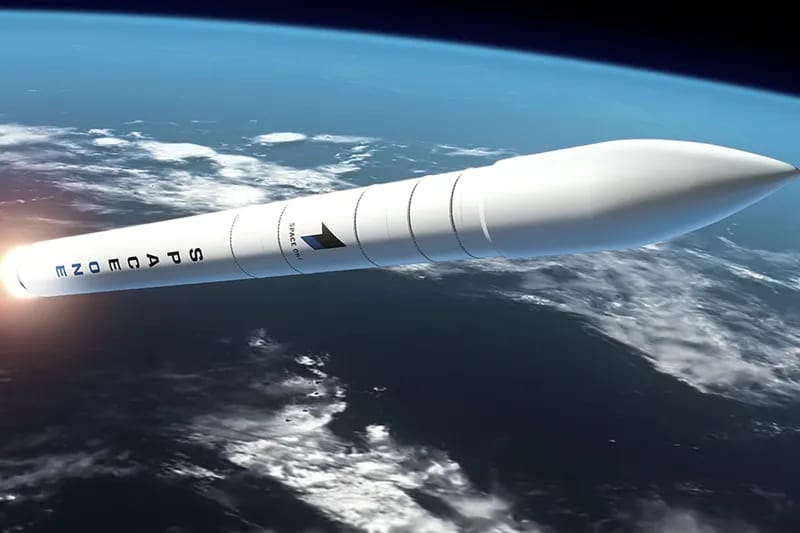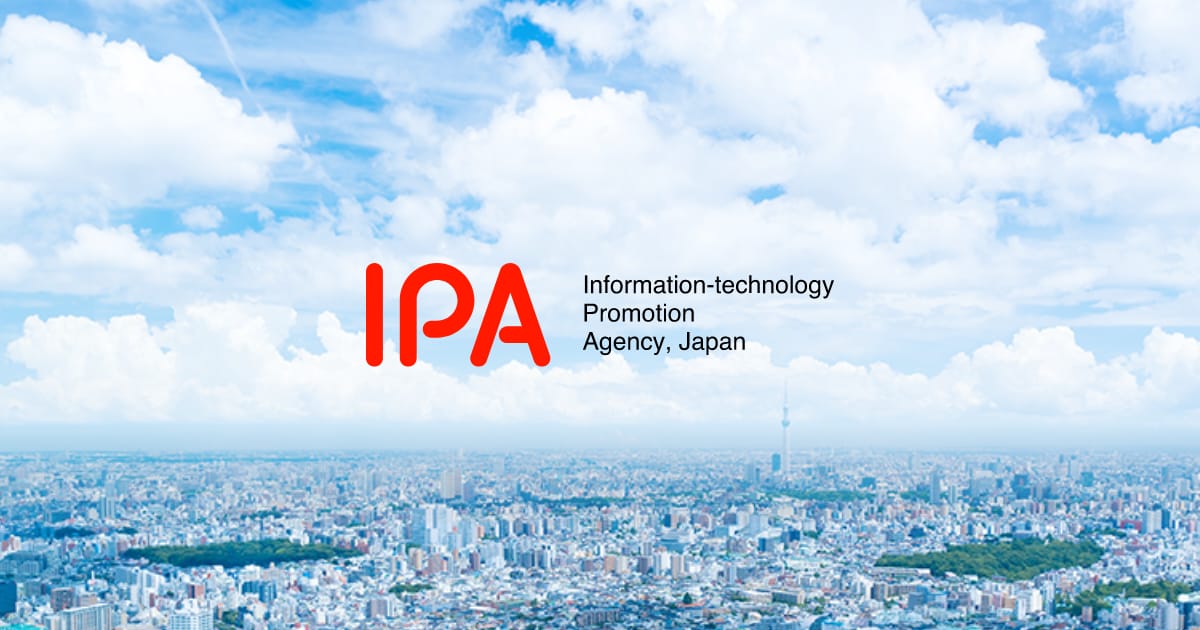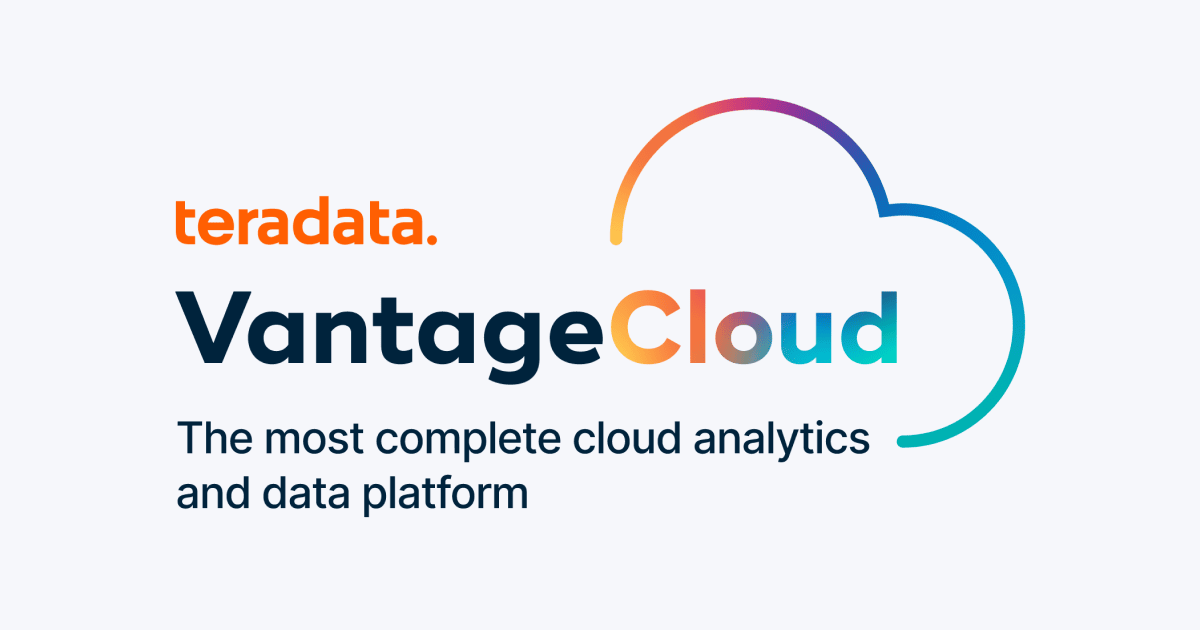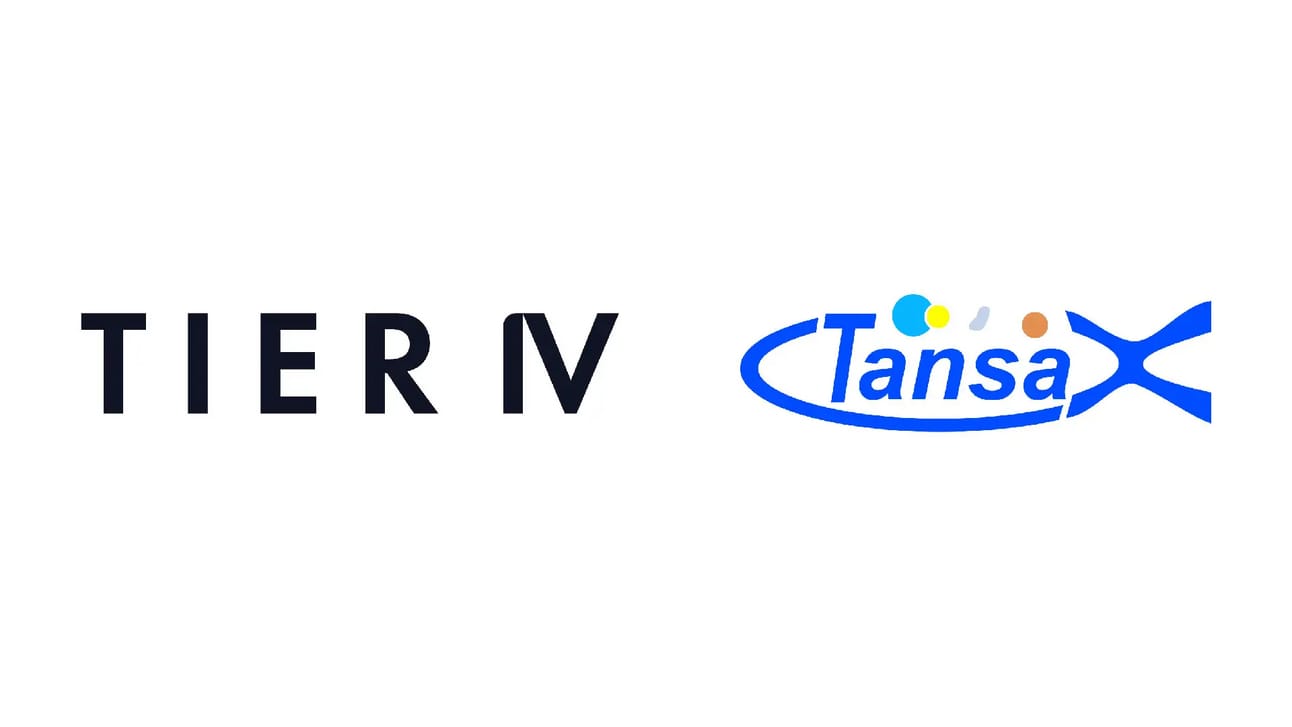- Japan Technology Watch
- Posts
- JTW digest, March 25, 2023
JTW digest, March 25, 2023
Half of university students in Japan have used generated AI in papers and reports

A survey by the National Federation of University Co-operative Associations in Tokyo revealed significant usage of generative AI tools like Chat GPT among university students in Japan. Nearly half of the students surveyed (46.7%) reported using generative AI, with 28.9% continuing to use it and 17.8% having used it previously but not currently. Additionally, 28.2% expressed interest in using such technology in the future, indicating potential growth in its utilization.
Students use generative AI mainly for academic assistance, with 22.1% using it for help in writing papers and reports. Other common uses include translation or composing in foreign languages (12.1%) and seeking advice or companionship (11%).
The survey was conducted online with participation from 9,873 students across 31 universities in Japan. It was the first time the annual survey, in its 59th iteration, included questions about generative AI.
The Japanese Ministry of Education, Culture, Sports, Science, and Technology, along with prominent universities like the University of Tokyo and Sophia University, has issued guidelines and rules concerning using AI-generated content, emphasizing concerns about plagiarism and the importance of authentic learning.
Space One's Kairos Rocket: Fueling Japan's Ambitions in the Global Private Space Sector

The Japanese venture Space One's development of the small rocket Kairos and the establishment of the Spaceport Kii launch site in Wakayama Prefecture are part of Japan's expanding efforts in the private space industry. The growing demand for small rockets is driven by the increasing need to launch small satellites, which are used for a variety of purposes such as earth observation, debris removal, and communication.
Kairos, an 18-meter tall solid fuel rocket, represents a significant step for Japan's private sector in space exploration. Solid-fuel rockets, unlike their liquid-fueled counterparts, are cheaper to produce, easier to store and manage, and can be launched quickly, providing a strategic advantage for deploying small satellites into specific orbits at convenient times.
The choice of Kushimoto Town, Wakayama, for the launch site, is strategic due to its geographical location, which is ideal for launches toward the east or south, benefiting from Earth's rotational speed or enabling comprehensive earth observation.
Space One, backed by significant investment and government support, exemplifies Japan's push to enhance its presence in the global space industry, aiming to increase its space industry's size significantly in the coming years. This initiative reflects a broader global trend where private enterprises are increasingly leading space exploration and commercialization efforts.
The Rising Impact of Generative AI in Japan's Workforce

Companies globally, particularly in Japan, are increasingly adopting generative AI technologies to address labor shortages and enhance productivity. These AI systems, capable of creating new content from learned data, are being utilized in various sectors for tasks like document creation, image generation, and customer service.
For example, the game company Level-5 used image generation AI to assist in designing title screens for a new game, illustrating how AI can complement human creativity and expedite development processes. Fukuoka Jisho is leveraging Chat GPT to generate unique expressions and ideas for public relations, while Yamaguchi Financial Group employs generative AI to analyze customer data and streamline proposal and document preparation processes.
Additionally, Nishi-Nippon Railway is experimenting with AI avatars for customer service, highlighting the potential for AI to enhance customer interaction.
Despite the advantages, there are concerns about data security and the accuracy of AI-generated content. With a lower adoption rate in Japan compared to the US and Australia, some Japanese companies are cautious, citing risks like potential information leaks.
The landscape of generative AI in Japan is evolving, with companies like NTT developing language models tailored to Japanese. These advancements signify a broader trend towards integrating AI into business processes, aiming to boost efficiency and innovation while navigating associated risks and challenges.
Revolutionizing Video AI: Japan Twenty-One and Beamr Imaging's Advanced Workflow Unveiled at NVIDIA's GTC24

Japan Twenty-One Co., Ltd. has showcased, in collaboration with its partner Beamr Imaging, a high-speed video AI workflow at NVIDIA's AI conference, GTC24. This innovation aims to integrate AI workflows into the Beamr Video Cloud Service, leveraging NVIDIA technology to democratize advanced video processing. Beamr's technology focuses on creating efficient, lightweight video files to streamline machine learning workflows, significantly reducing storage and overall costs. This advancement targets a variety of markets, from AI and user-generated content to self-driving cars and online video editing, promising to enhance video processing while minimizing bandwidth and storage expenses.
DX White Paper 2023: Assessing Digital Transformation Strategies in Japan and the United States

The paper provides insights into Digital Transformation (DX) initiatives in Japan, highlighting various case studies that offer a glimpse into the country's approach to digital innovation. Here are some key cases outlined in the document:
1. Agile Principles Adoption:
- The document emphasizes the importance of incorporating Agile principles in DX initiatives in Japanese companies. However, the adoption of Agile principles across departments in Japan is less than 50%, contrasting with the US where it exceeds 70-80%.
2. Executive IT Knowledge Disparity:
- A significant gap exists between Japan and the US concerning executives' IT knowledge. In Japan, only around 27.8% of executives have IT knowledge, compared to 60.9% in the US, hindering DX initiatives due to insufficient understanding at the management level.
3. Coordination Among Management, IT, and Business Departments:
- The level of coordination among executives, IT departments, and business units is a challenge in Japan. While the US shows an 80% rate of effective coordination, Japan lags behind at less than 40%, indicating a need for improved collaboration to drive comprehensive DX efforts.
4. Budget Allocation for DX Initiatives:
- Japan faces challenges in securing continuous budgets for DX initiatives compared to the US. Around 45.1% of Japanese companies secure budgets on an as-needed basis, highlighting the importance of ensuring sustained financial support for long-term DX projects.
These cases underscore the complexities and disparities in DX implementation between Japan and the US, shedding light on critical areas that Japanese companies need to address to enhance their digital transformation strategies effectively.
Teradata and Rack Join Forces to Enhance Security Monitoring with Advanced AI Data Analysis

Japan Teradata and Rack have embarked on a collaborative venture in the security domain, leveraging Teradata VantageCloud to augment Rack's security monitoring services for private SOCs. This synergy aims to refine service sophistication and broaden market reach. VantageCloud's strength lies in its ability to process vast data volumes swiftly and cost-effectively, offering a strategic advantage in cybersecurity threat analysis. Rack's JSOC analyzes billions of daily logs, refining them to deliver critical, actionable insights to clients. This collaboration represents a strategic move to enhance real-time data analysis and cybersecurity responsiveness, showcasing the power of advanced AI in tackling the increasing complexity and volume of security data.
Tier IV and JAXA Team Up: Advancing Autonomous Driving with Neural Simulator Development

Tier IV Co., Ltd. has been selected by the Japan Aerospace Exploration Agency's Space Exploration Innovation Hub to advance the practical application of autonomous driving through the development of a Neural Simulator. This research aims to create high-quality, large-scale digital twins for simulating autonomous driving environments using Neural Radiance Fields (NeRF). The collaboration will enhance the development of world models for autonomous driving, allowing for realistic and cost-effective environmental recognition verification. This initiative is part of Tier IV's broader vision to democratize autonomous driving technology and contribute to sustainable societal development, with potential applications extending from ground to space.